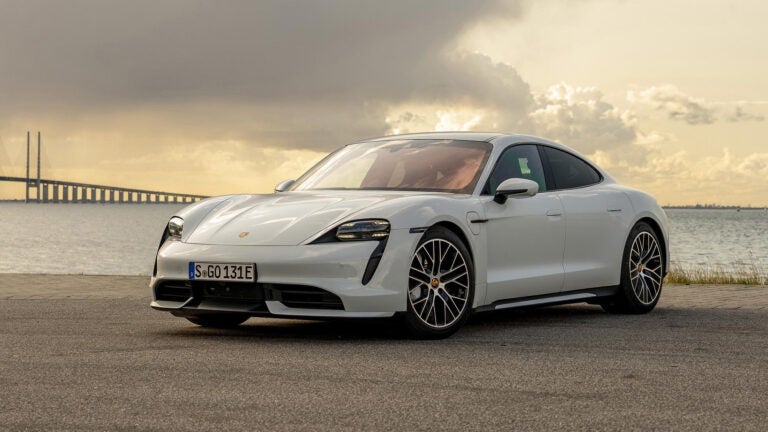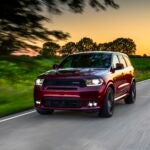The 2017 Land Rover Discovery is the ultimate luxury off-roader
The Discovery is about getting back to basics — at least as much as a Land Rover can in 2017.

The Land Rover Discovery was originally conceived in the 1980s as a more affordable alternative to the Range Rover. For 2017, the Discovery is back, and it plays the same role. Sort of.
Like its predecessor, the Discovery offers all the luxury and off-road capability of its bigger Range Rover counterpart. And even though the vehicle is slightly scaled down, it provides plenty of room for families and their gear. It slots between the high-end Range Rover lineup and compacts like the Range Rover Evoque and Discovery Sport. Next year, Land Rover will add the Range Rover Velar to the lineup, creating one more choice in this growing family of luxury SUVs.
You can open the tall rear hatch by swinging your foot under the rear pumper, or via key fob. You can also unlock the car using Land Rover’s new Activity Key wristband. While the hatch no longer has the two-piece clamshell design, there is a power-retracting shelf, which is sturdy enough to sit on.
Controls allow you to fold all three rows from a toggle in the back or the touchscreen up front. When the second and third rows are folded, the Discovery provides up to 85 cubic feet of cargo space, the most of any Land Rover vehicle.
Large second-row doors provide access to the third row, though you’ll still need to manually slide the second row forward to access the way back. The third row in many rival SUVs is cramped, but the pair of third-row seats in the Discovery are actually livable. Adults will probably want to sit in the second row, where legroom is plentiful, but they can sit in the tighter third if needed. What’s more, two massive sunroofs with individually retracting sunshades cast plenty of light over the entire cabin.
Up front, the Discovery features an elegant, futuristic cabin design with aqua blue accent lighting. Straightforward climate controls give way to a hidden compartment, and the center console features a powered cooler compartment.
The visual centerpiece of the dash is the massive touch screen. It features easy-to-read fonts and large icons, so you won’t accidentally hit the wrong preset or setting.
Two V6 engines are available: one gas and one turbo diesel. The gas engine is supercharged and makes 340 horsepower. The diesel V6 in our Td6 test model made 254 horsepower and 443 pound-feet of torque.
The EPA estimates fuel economy at 21 miles per gallon city, 26 highway, and 23 combined. In our week driving the Discovery, we observed fuel economy of 21.8 miles per gallon.
With the diesel engine, acceleration is slightly delayed, which allows the transmission to kick down several gears and the turbocharger to spool up. After that half-second delay, acceleration is very strong in any speed range.
You can feel that acceleration in normal Drive, but turn the rotary shifter clockwise one more notch to engage Sport mode. In Drive, steering is light, and there is some body roll. Put it in Sport, and the acceleration reaches its full potential and the steering tightens right up.
The Discovery also features an air suspension with adjustable ride height. It lowers to make access easier, and rises for added off-road capability. At highway speeds, the suspension lowers for improved aerodynamics while minimizing body roll.
Land Rover also included plenty of safety technology in the Discovery, including forward-collision warning, intelligent cruise control, blind-spot monitoring, and lane-keeping assist. The lane-keeping system was a bit too active but can be defeated in the settings menu. Another helpful safety feature was the heads-up display with traffic sign recognition.
The 2017 Land Rover Discovery starts at $49,990. The HSE Luxury Td6 that we drove stickered at $66,945.






